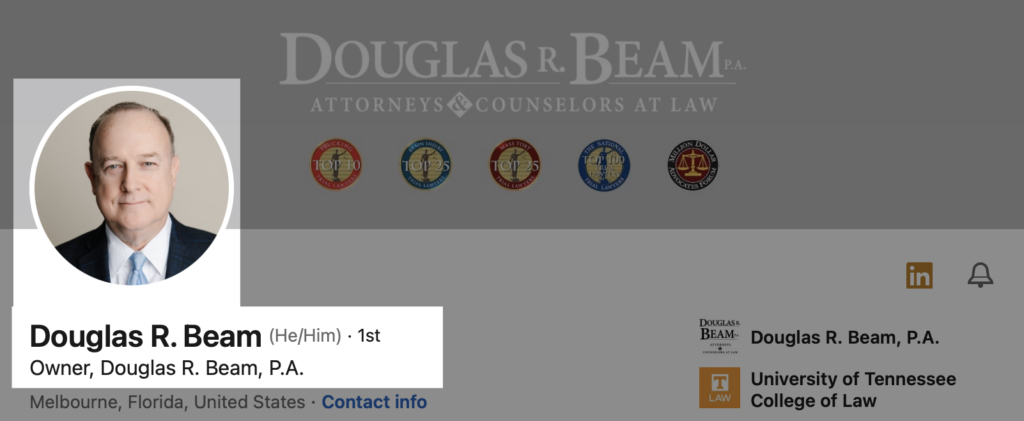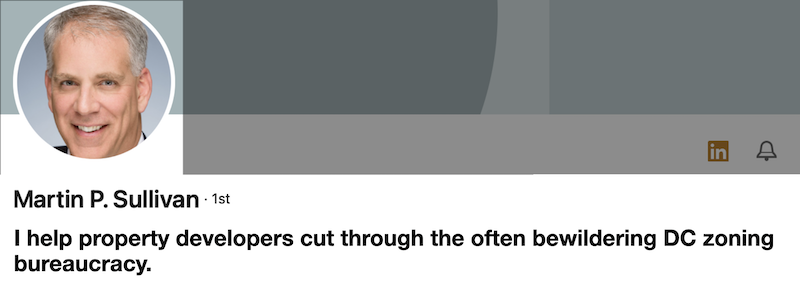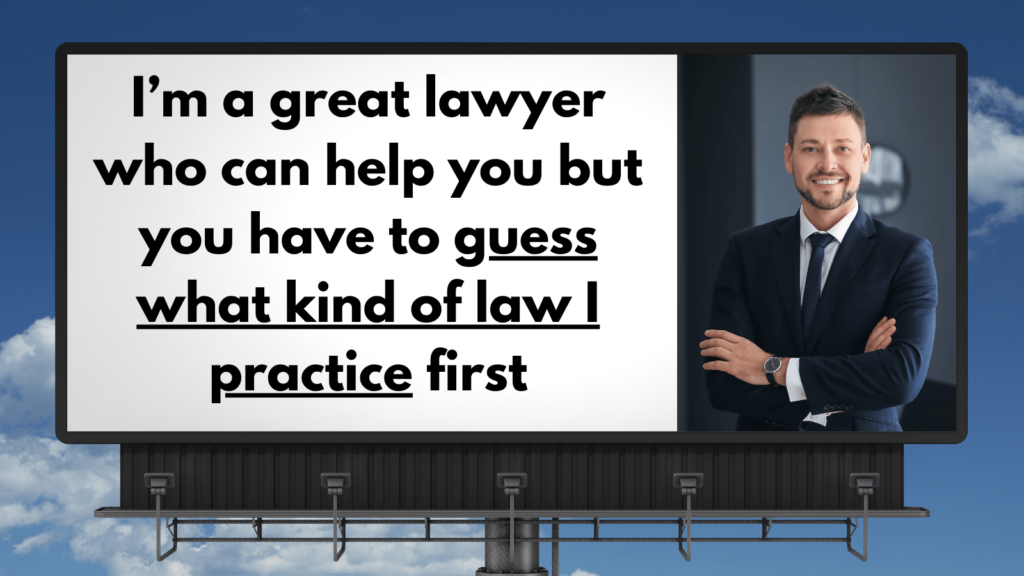Is free marketing for lawyers really possible? Yes, but let’s set the scene properly…
Imagine if someone offered you free billboard space in the busiest areas of your city.
Sounds like a game-changing opportunity, right?
While physical space may not be given away for free, there’s a way to tap into even bigger opportunities online.
The Power of a Clear Message
Getting attention isn’t enough – your marketing success hinges on having the right message. Whether on billboards or online platforms, your message must be crisp and powerful.
Focus on what matters most to your ideal clients.
Start with Online Platforms
Start by creating a LinkedIn biography that can be quickly adapted to other platforms. Doing this is easy, but let’s ensure we understand the strategy before discussing writing tactics.
Your goal is to attract your ideal clients by communicating in a way that makes them think, “That’s the attorney I want to hire.”
So how do you do this?
How to create a focused message
To capture your ideal client’s attention, your bio should answer two questions:
- What kind of law do you practice, and
- Do you genuinely care about helping people?
Communicating this in a crisp and focused manner is the key to long-term success.
Start with your LinkedIn Bio
Crafting a compelling LinkedIn bio is the place to start. With just a few minutes, you can create a solid bio that resonates with your target audience. Why LinkedIn/
LinkedIn has been a vibrant professional network since early 2007. And it’s even more vibrant now, so you can definitely trust that ideal referral sources are on the platform.
But to achieve success you need to…
Avoid Common Mistakes
Take a look at this LinkedIn bio for a lawyer who is probably exceptionally talented and worth hiring. But do you notice a problem with the bio headline?

It’s like having a billboard that looks like this.
Don’t do this.
Instead, make sure your biography has the most important information up front.
What does your ideal client want?
What’s the burning question your ideal clients have? Or what outcome do they want? You need to create a bio that answers their main question.
It’s easier than you might think.
Look at how Marty Sullivan tailored his biography towards his ideal client: property developers who need help with zoning issues.

Also, notice how this bio signals empathy for the frustration his clients feel when dealing with zoning regulations.👇
“…often bewildering DC zoning bureaucracy“
You can do this in your LinkedIn biography, and you should.
Leverage the Power
Follow the advice above to craft a captivating message that is embedded into your LinkedIn biography.
Then, put that same bio in other online platforms that you use. Make sure you use the same profile photo across all online platforms.
The power of a simple, consistent marketing message is immense.
Over time, you’ll notice more ideal clients start reaching out to you. And the quality of clients will improve too.
That’s because you now have a clear, focused message that’s visible to many people all over the internet.
Think about it and realize this is way better than using expensive billboards, TV ads, or any other kind of traditional marketing.
P.S. If you want my Ultimate Guide to Technology for Lawyers click here.










